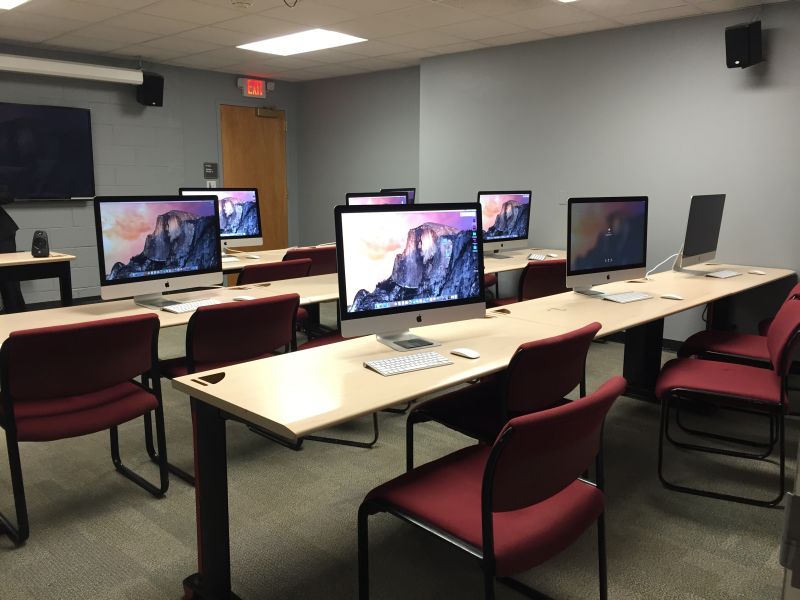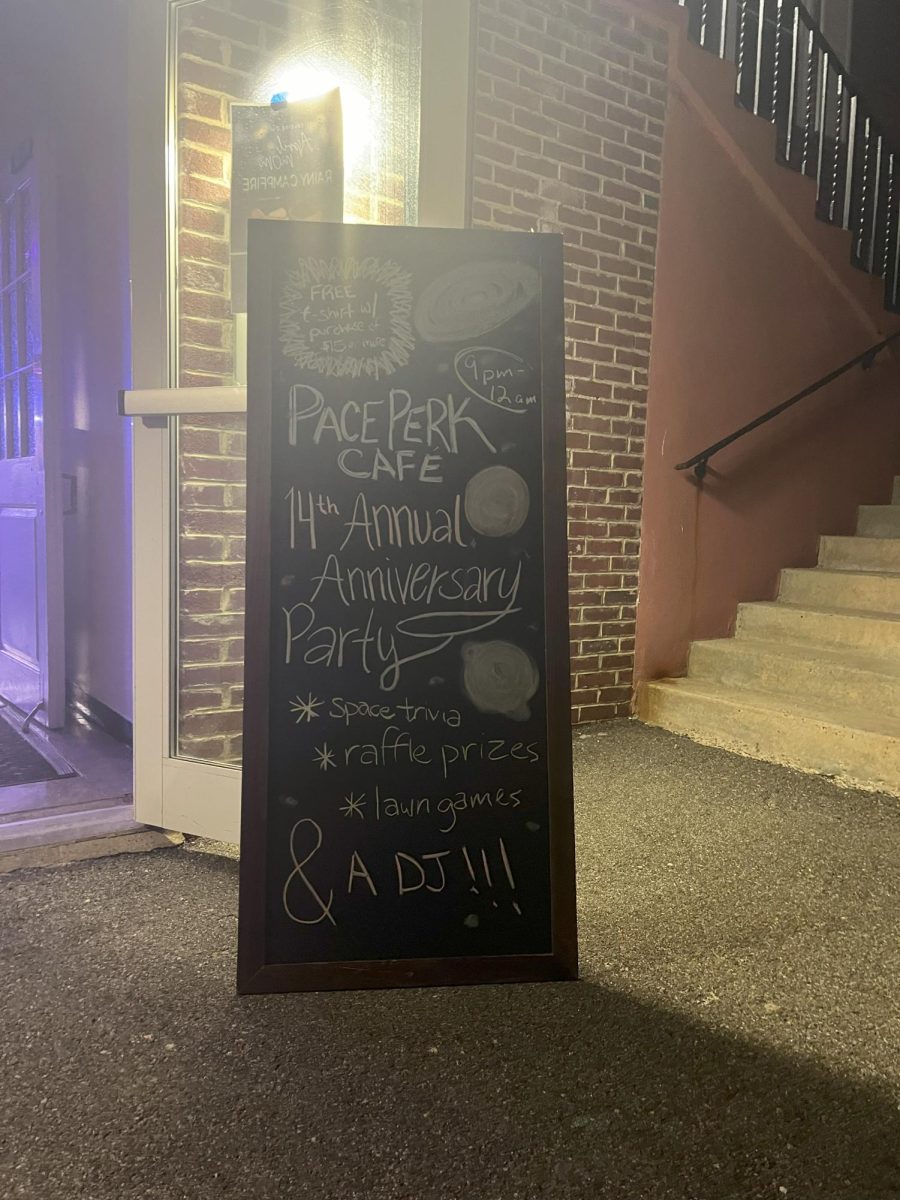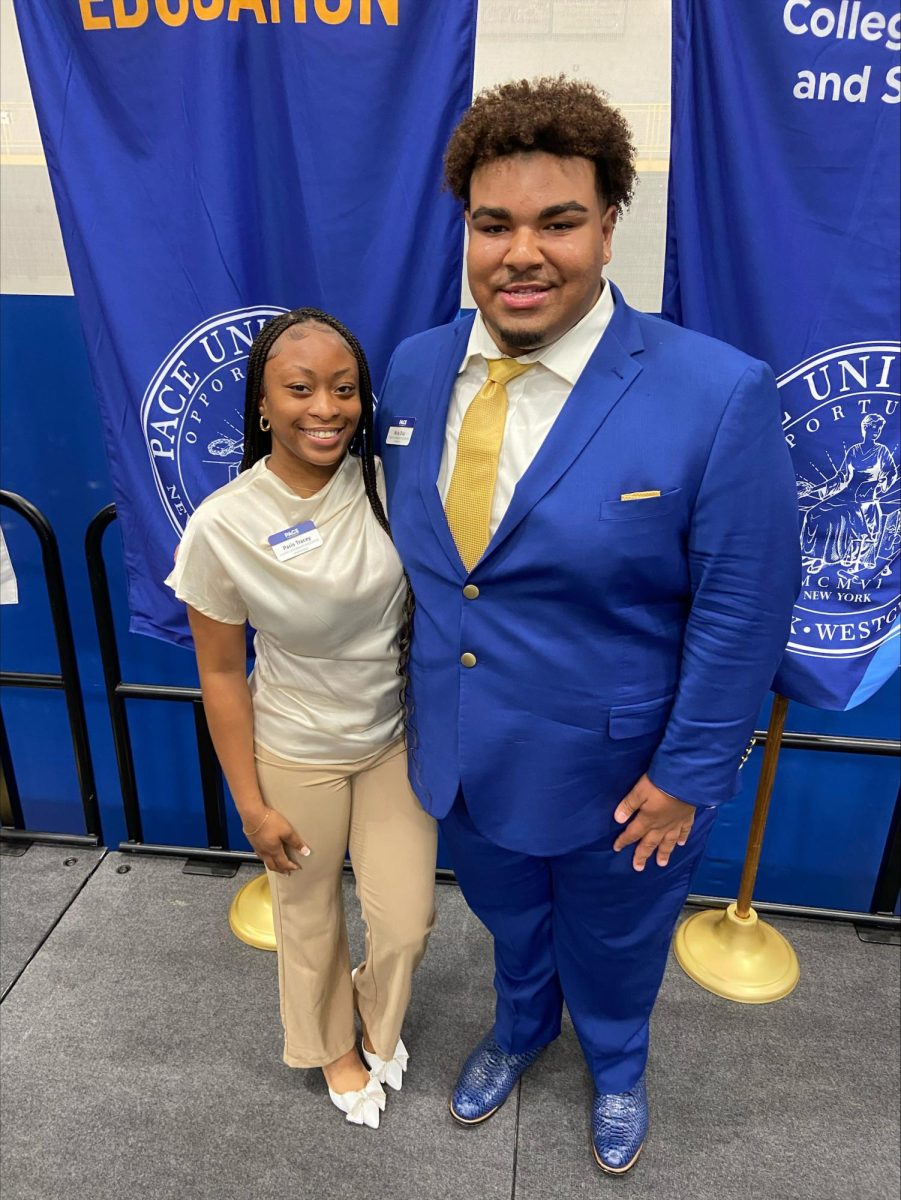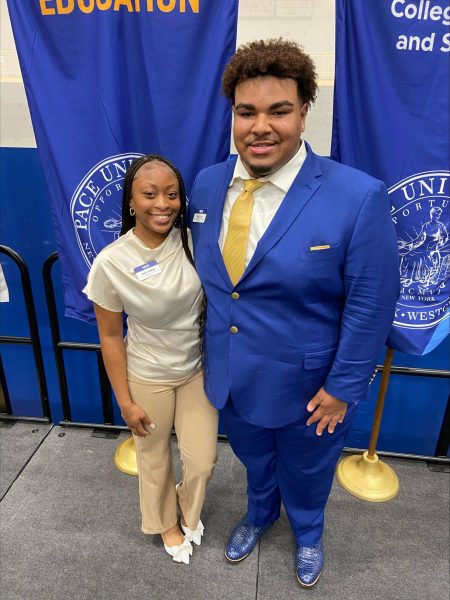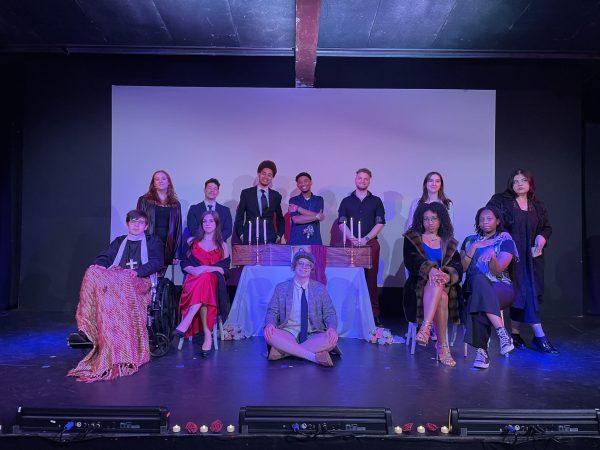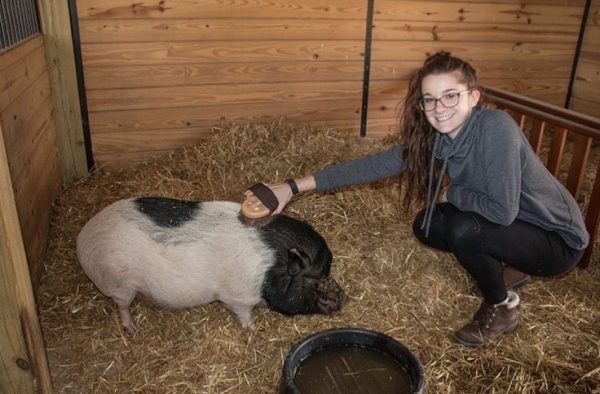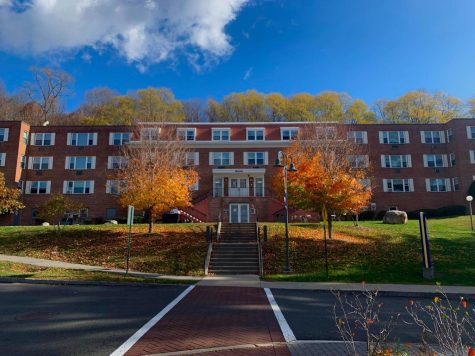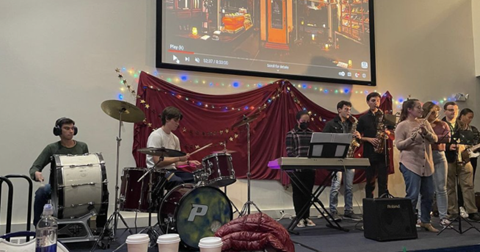Willcox Remodeling Brings New Additions to MCVA Department
November 15, 2015
During the summer of 2015, the Media, Communications, and Visual Arts (MCVA) Department in Willcox Hall went through a remodel, in hopes of getting the department all under one roof.
The decision to enhance and upgrade the facilities came from the addition of two new majors: Digital Journalism and Digital Cinema & Filmmaking. In order to teach the core curriculum for these majors, new resources had to be added to the department and the space expanded.
New spaces include a state of the art soundstage equipped with a fully automated hoist lighting grid which holds LED lights. The soundstage is completely soundproof, has independent climate control and a full functioning production space where students can produce their films.
The screening room is now located in W36 which has a brand new 200” projection screen and Bosé surround sound system.
There is a new audio recording studio with a fully soundproof booth and a large audio engineering control room. The space was made to accommodate a full class and functions to be able to run a full radio talk show, podcast, or full band efficiently.
18 Mac computers from Patton house were brought over to create a new Mac lab for both art and media classes. A new editing lab was also added with ten additional top of the line Macs with both Avid and Adobe Premiere installed for student use.
The Art Department has also moved under Willcox´s roof, and now has a brand new painting studio, an art prep room, a drawing room, and a digital art classroom, all found on the third floor.
The project, which has been in the works for the past couple of years and took place in various stages, was monitored by Michael DeRario, professor of various production courses in the communications department and head of the Media and Communications Lab.
“Our goal is to make sure that the experience students are receiving in the classroom mirrors what they will be doing when they get out there in the industry,” DeRario said. “Students will have the opportunity to learn with the latest technology and be able to use the lab to produce content in many different applications.”
DeRario also explained how each new space that was added went through a rigorous planning and design process, not only through him and other professors of the department, but engineers as well. The lighting grid itself, which is his personal favorite addition, took 18 months to plan and design in the desired space of the new soundstage.
Throughout the years, the MCVA department has grown rapidly and become much more popular with incoming students. The demand for hands-on learning and resources has risen, and the department has matched those demands toe to toe.
“Technology is always advancing and the industries are constantly evolving,” said DeRario. “We are here to prepare students for jobs in these industries so that is why we must always do the same.”

